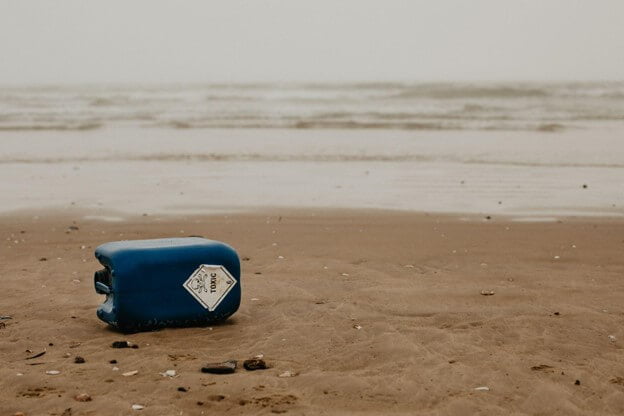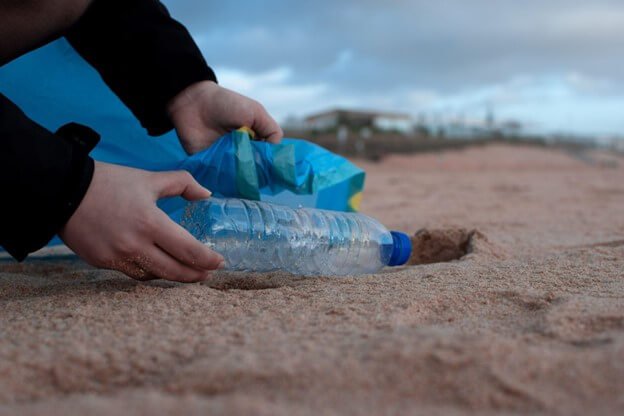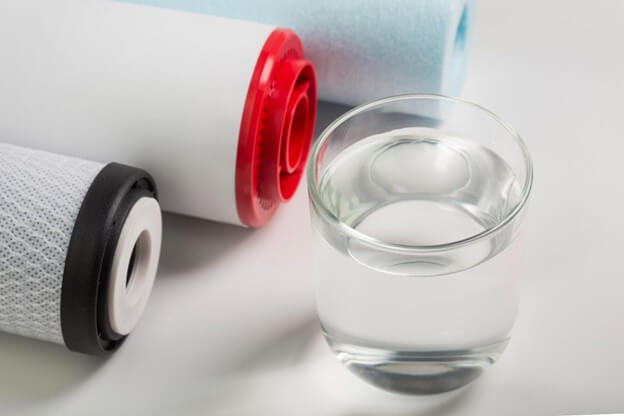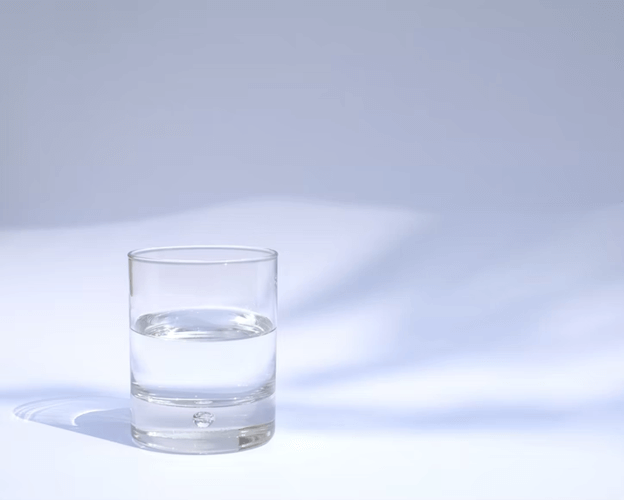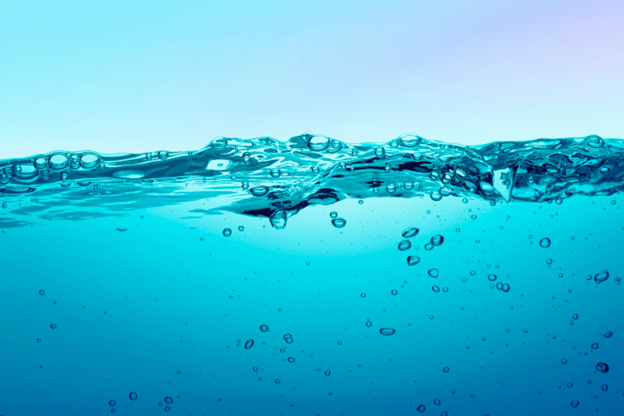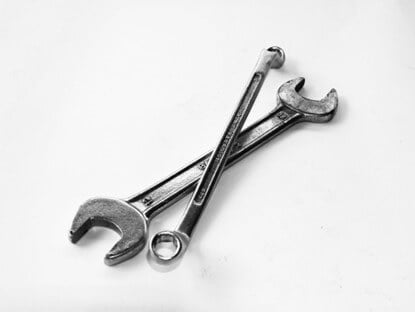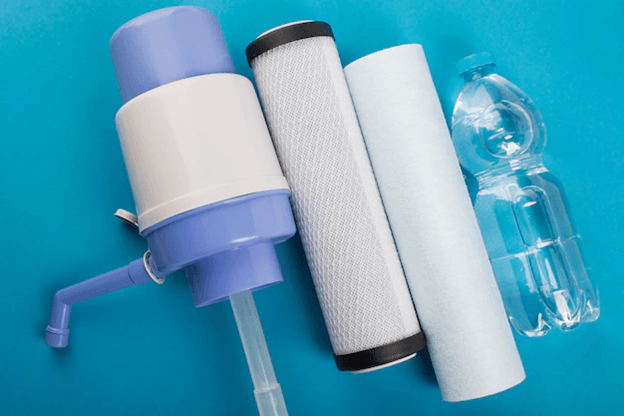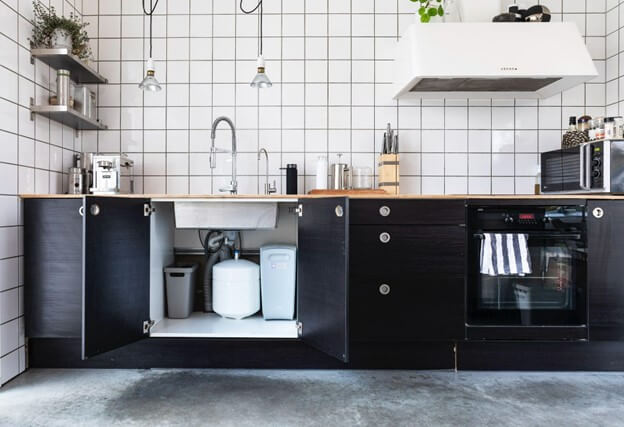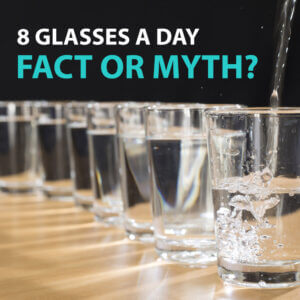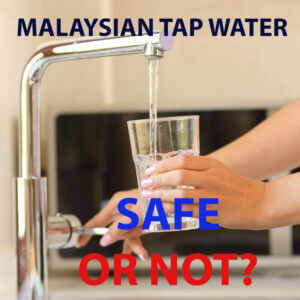It is well known that frequently consuming water is healthy for our bodies. This is because water makes up roughly 60% of the human body. Water is essential for the body’s cells, tissues, and organs to function. It is advised to drink enough water each day to maintain good health. However, the quality of the water you drink is equally crucial for maintaining your health.
Maintaining access to a clean water supply in Malaysia is crucial since it is vital to our health. Water filters and water purifiers come into play in this situation when it comes to our house water particularly. This article will give you a thorough overview of water filters and purifiers with detailed comparisons and differences between the water filter and water purifier.
What is a water purifier?

A water purifier serves a similar purpose to a water filter, as both devices aim to eliminate impurities and pollutants from the water. However, a water purifier takes things a step further by destroying biological contaminants and removing minerals such as suspended microbes and particles, excess salts, and viruses while maintaining vital vitamins beneficial for our body as we consume filtered water.
Effectively removing harmful viruses and bacteria while allowing essential minerals to pass through the water, a water purifier is primarily used indoors in spaces like the kitchen, tabletops, or office. This indispensable home and office water purifier ensures a reliable source of clean drinking water for both environments.
Water purifier benefits
There are several benefits to using a water purifier, and these are the main ones:
- Removal of toxic substances
Water purifiers effectively remove toxic and harmful substances commonly found in unfiltered water, such as disease-causing microorganisms, dissolved solids, metal impurities and even unhealthy minerals. Without water purification, these harmful substances can cause us to become sick and damage our health.
The best type of water purifier in Malaysia is built with at least four filters for thorough and essential water purification. These four filters are the Sediment Filter, Activated Carbon Filter, Nano-Positive Membrane, and Mineraliser, which effectively remove a range of harmful substances, from rust and sediments to viruses and bacteria.
- Environmentally friendly
Water sold in supermarkets and convenience stores is usually stored in plastic bottles. As you know, plastic bottles cause a lot of waste and pollution to the planet due to the mass production of water. Using a water purifier, you can save the environment and be assured of an even healthier supply of fresh and clean water, as the device uses an intelligent water tracking system that enables you to save water.
- Saves time
Using a water purifier can help you save a lot of time and energy, as mundane tasks such as boiling water can be sped up. Usually, boiling water is done by using a designated water filtration jug that often takes too long to boil water. With a hot and cold water purifier that has an insulating layer and heating elements, you can be assured of having boiling water within minutes.
Types of water purifiers
At least six types of water purifiers or purification methods are allocated to different water issues and perform a specific action that can be noticed in water purifiers in Malaysia. A water purifier contains these water purification methods targeted to remove substances that should not be in the water. Typical water purifiers or purification methods include distillation, reverse osmosis, ultraviolet, activated carbon, ultrafiltration and sediment filters.
Distillation
The most dangerous chemicals and microbes in contaminated water can be eliminated using distillation. It is one of the only techniques to remove bacteria, herbicides, pesticides, nitrates/nitrites, lead, arsenic, coliform, and other contaminants. The polluted water is heated to a boil; the vapour that rises during this process is collected, cools, and then condenses back into clean drinking water. Because the impurities don’t dissipate as quickly as steam, they remain in the container where they were boiled.
Reverse osmosis
Reverse osmosis is a technique for water purification that eliminates particles, chemicals, salts, minerals, and other contaminants from drinking water. Pressure is used in reverse osmosis to turn around how liquids usually pass through semi-permeable membranes. Systems for reverse osmosis do not need electricity to push water through the membrane. They substitute water pressure instead. A mechanical (sediment) filter and an absorption (activated carbon) filter are two standard supplementary filters with reverse osmosis.
Ultraviolet
A technique for purifying water called ultraviolet disinfection can get rid of the germs and chemicals that are the most dangerous. To accomplish this, ultraviolet radiation destroys the water’s germs like Legionella, E. coli, and Staphylococcus. Producing ultraviolet light only eliminates living things. Therefore, this technology is typically combined with reverse osmosis and activated carbon.
Activated carbon
The most popular application of the water purification technique known as activated carbon filtration functions is eliminating the chlorine taste from tap water. Pesticides, herbicides, volatile organic compounds (VOCs), heavy metals like lead and arsenic, and much more can all be eliminated with this method. Granular activated carbon and activated carbon blocks are the two forms of activated carbon.
Activated carbon is ground into a fine powder and assembled into a carbon block water filter. Then, a binder is added to this powder and crushed into a solid block. To purge pollutants from drinking water, granular activated carbon filters use carbon loosely bound in powder form.
Ultrafiltration
Reverse osmosis and ultrafiltration are both techniques for filtering and purifying water, and both involve membranes. The primary distinction between the two is that reverse osmosis only filters out particles larger than 5 nanometers in size, while ultrafiltration also excludes particles larger than 1 nanometer.
More pollutants and turbidity can be eliminated by ultrafiltration than by reverse osmosis. Water is purified by ultrafiltration when forced through a thin membrane under high pressure. Water molecules are caused through the membrane’s microscopic pores by the pressure, while larger particles are too massive to fit through and stay on one side of the membrane.
Sediment filters Sand, silt, and rust are examples of the enormous dirt and dust particles that sediment filters are made to remove. A pre-filter for well water is the most typical application for this water filter. A sediment pre-filter can prolong its life and prevent damage to the following filtration stage. Sediment filters are usually the first water purifier filters, as noticed in the Snaptec Aurra water purifier.
Water filter vs. water purifier comparison (table)
| Criteria | Water filter | Water purifier |
| Use | Removes contaminants and sediments to provide better-tasting and healthier water | Removes sediments and contaminants in the water while destroying biological substances such as viruses and bacteria. |
| Filters used | Reverse osmosis, sequestration, absorption, ion exchange, and mechanical filters | Distillation, reverse osmosis, ultraviolet, activated carbon, ultrafiltration, and sediment filters |
| Advantages | – Gets rid of dangerous substances from the tap water – Enhances the taste and odour of tap water – Consumption of bottled water will reduce – Saves money | – Protects water against harmful organisms – Eliminates toxic metals – Ensures good vitamins and minerals pass-through – Saves time |
| Disadvantages | – Output of water can be slow – Maintenance is needed – Limitations to what the water filter can filter out | – May not eliminate pesticides – Regular maintenance is needed – Must be handled with care |
What is a water filter?
A water filter enhances water quality by removing undesirable contaminants such as hardness, sediment, taste and odour, and bacteria. A water filter reduces water contamination by using a thin physical barrier, a chemical reaction, or a biological reaction to remove contaminants. When the impurities are removed from the water, it is safe for the body to consume.
A home water filter is typically placed where the main water shut-off valve is located. Some water filters are also placed under the sink, connected to a pipe leading to the main water supply.
Water filter benefits
There are several benefits to using a water filter, and these are the main ones:
- Effectively removes impurities in the water
Water filters can eliminate harmful toxins and impurities from the water, including heavy metals like arsenic, lead, and mercury. Water filters also remove disinfection byproducts, limescale and chlorine. At the same time, water filters deftly ensure that crucial minerals like magnesium, fluoride, calcium, and zinc are kept in the water.
- Cost-effective
Filtering tap water with a water filter is significantly less expensive than purchasing plastic bottled water. Since tap water is used to fill these plastic bottles, you are only paying for the bottle packaging, which is a waste of money. You can save money by investing in a professional water filter, and the water you drink will be of superior quality because it has been properly filtered.
- Low maintenance
Using a water filter is easy and convenient as no complicated instructions exist. The water filter only needs a quick filtration change occasionally; plus, it is portable and durable.
Types of water filter
There are at least five types of water filters that each address a specific and different water issue found in water filters around Malaysia. These water filters include reverse osmosis, sequestration, absorption, ion exchange, and mechanical filters.
Reverse osmosis
Reverse osmosis removes dissolved inorganic particles like calcium and magnesium ions from water by applying pressure to a semipermeable membrane and forcing water through it. Most of the pollutants are left behind, so the water goes through.
Reverse osmosis systems do not require electricity to force water through the membrane. Instead, they use water pressure. Reverse osmosis is typically used in conjunction with several additional filters, including a mechanical (sediment) filter and an absorption (activated carbon) filter.
Sequestration
Sequestration is the method by which a substance is chemically isolated using scale-inhibiting filters. The filter will prevent issues such as limescale and corrosion, which can poison the water with harmful metals. The filter uses a polyphosphate material to prevent scaling while keeping the essential minerals in the water without softening it.
Absorption
Absorption uses carbon, most frequently used in water filters, to absorb impurities because it effectively removes them from the water. Carbon quickly absorbs pollutants because it has a large interior surface that is crammed with holes and crannies that can trap chemical contaminants like chlorine.
Granular activated carbon (GAC) in most conventional residential filters absorbs unpleasant tastes and odours to lessen them. The carbon block elements used in more expensive filters are often more effective and have a micron rating for particle removal.
Ion exchange
By switching the magnesium and calcium ions in hard water with other ions like sodium or hydrogen ions, ion exchange is used to soften hard water. As opposed to scale inhibition, ion exchange physically removes the hard minerals, lowering limescale and preparing the water for use in applications where a constant high temperature is maintained, like in coffee makers.
The most typical method for ion exchange is an ion exchange resin, which often takes the form of tiny beads. Some water softeners utilise a resin of a similar type.
Mechanical
The fundamental concept of mechanical filtration is to use a barrier to physically remove any silt, debris, or other particles from the water. Mechanical filters range from a simple mesh that removes big particles to a ceramic filter with an intricate pore structure for pathogenic organisms’ ultra-fine filtration. A mechanical filter will typically be assigned a micron rating, which describes how well the filter can remove particles of different sizes.
Category of water filter
- House water filter
A house water filter is a type of water filtration system that will treat the water effectively at the location of an individual’s main water supply. Before the water supply enters the house, the filter will ensure that the water is free of impurities and clean. A house water filter will enable clean water to flow into every household item that needs water, such as a washing machine, kitchen sink faucet, bathroom shower, and more.
- Indoor water filter

An indoor water filter is a more specific filter usually placed on the countertop or under the countertop of your kitchen table. This type of water filter will filtrate the water coming through your regular kitchen faucet to produce clean water that is safe to drink. An indoor water filter comes with multiple filters that will help remove impurities and chemicals from the water.
Summary
Overall, water filters and water purifiers exist to create filtered water that is safe for all of us, as water is essential to the human body and has many health benefits. We must consume water daily, as it will keep us from falling sick easily and help regulate our body functions effectively. Between a water filter and a water purifier, it is best to go for a water purifier if you want clean, drinkable water to be supplied. An example would be the Snaptec Aurra water purifier, as it can deliver clean water that is safe to consume.
However, a water filter does have its benefits, especially when it comes to a whole house water filter, as it can supply clean water throughout your entire house. Depending on your needs, you should be able to decide based on the qualities and comparisons above.


